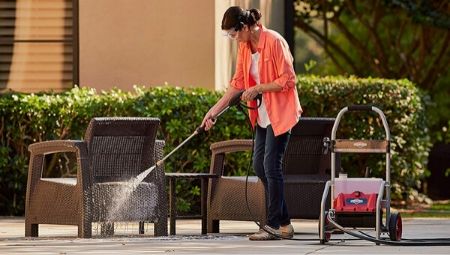How to Convert a Pressure Washer Into a Sewer Jetter – 8 Easy Tips
-
Ed Malaker
- Last updated:
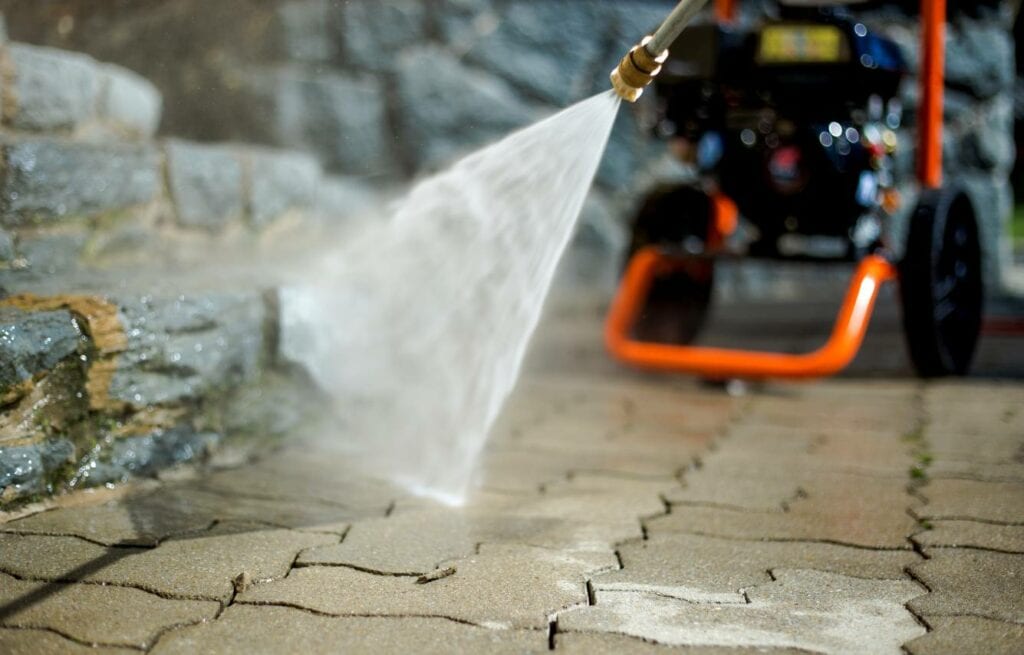
If you have problems with slow pipes and drains in your home, many experts will tell you to get a sewer jetter to clean them out. These machines work well but are expensive to purchase and have limited usefulness. You can accomplish the same task with a simple conversion if you have a power washer. Keep reading as we provide a step-by-step guide to converting your pressure washer into a sewer jetter to help get your pipes running like new again.
Before You Get Started
Before converting a pressure washer into a sewer jetter, you will need to collect parts. The easiest way is to purchase a sewer jetter kit for a pressure washer online or at your local home improvement center. These kits will have everything that you need to make the conversion successful without purchasing the parts separately. Since you will be working with sewer lines, we recommend wearing eye protection and safety gloves. We also recommend opening windows and using fans to improve ventilation if the odor is bad.
The 8 Easy Tips on How to Convert a Pressure Washer Into a Sewer Jetter
1. Connect the Pressure Washer Hose
The first step is to connect your pressure washer hose to the pressure washer and set it to a high water pressure that will help you push away any obstructions in your pipes. Many experts recommend the highest pressure possible to help break up obstructions quickly.
2. Substitute the Spray Gun for a Ball Valve
Carefully remove the spray gun from your pressure washer, and install the ball valve included with your conversion kit.
3. Attach the Jumper Hose
In the next step, you will attach the jumper hose to the ball valve. A jumper hose is usually shorter in length, often extending 1–12 feet, and you will use it to connect your power washer to the jetter hose.
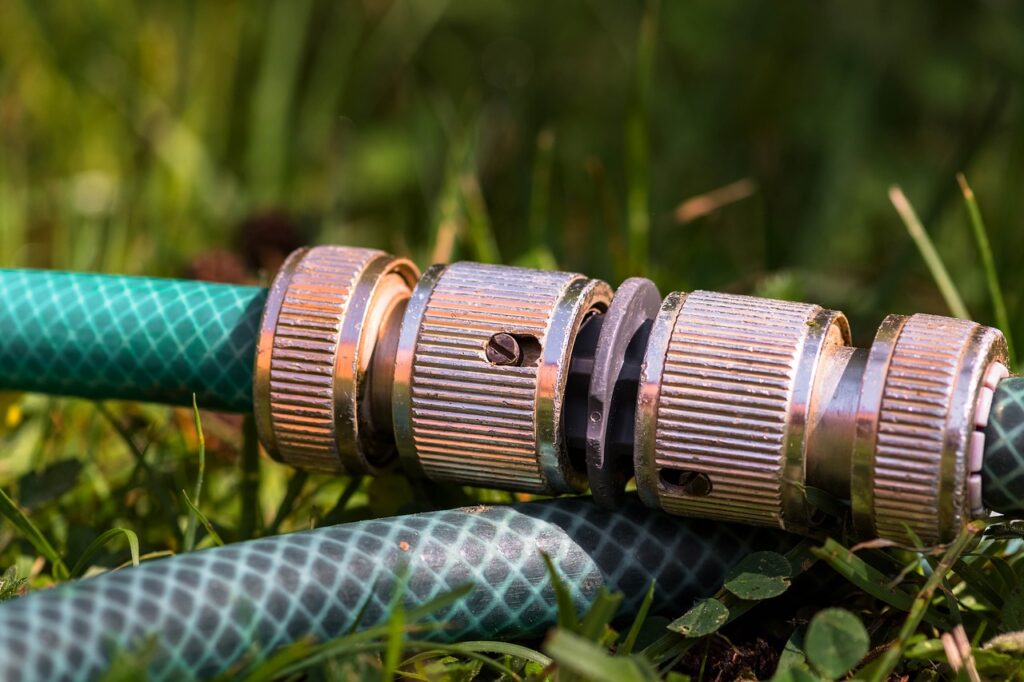
4. Attach the Jetter Jose
In this step, you will connect the jetter hose to the jumper hose installed in the previous step. A jetter hose will usually be 50–200 feet long. A longer jetter hose will let you reach deeper into the pipes, but if your machine isn’t that powerful, it can start to lose pressure over a long distance.
5. Wrap the Jetter Hose Around the Hose Reel
Once you connect the jetter hose to the jumper hose, wrap the jetter hose around the hose reel if it’s not already, to help make it easier to move around.
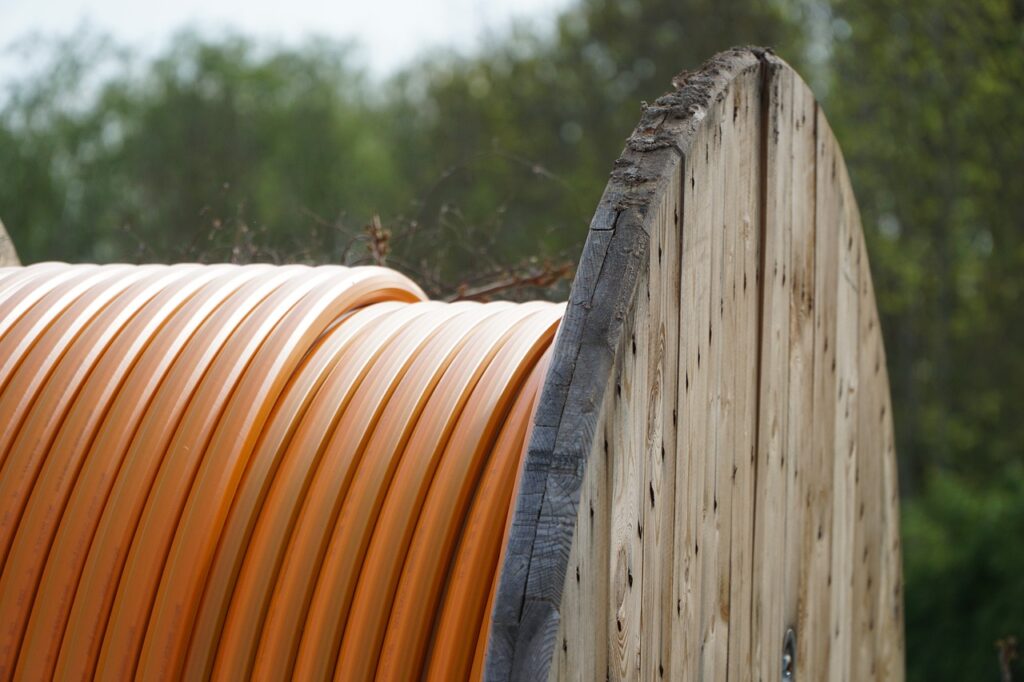
6. Attach Your Spray Nozzle
Choose a spray nozzle that will provide plenty of water pressure. Many conversion kits come with multiple nozzles for different machines, so choose the one that matches your machine’s water pressure and volume. Oversized nozzles tend to leak and lose pressure, so they won’t work well for cleaning and breaking up blockages.
7. Insert the Jetter Hose Into the Drainpipe
With the properly sized spray nozzle fixed to the end of your jetter hose, you can insert it into the drainpipe where there is a clog or blockage, leaving a few inches of clearance if possible.
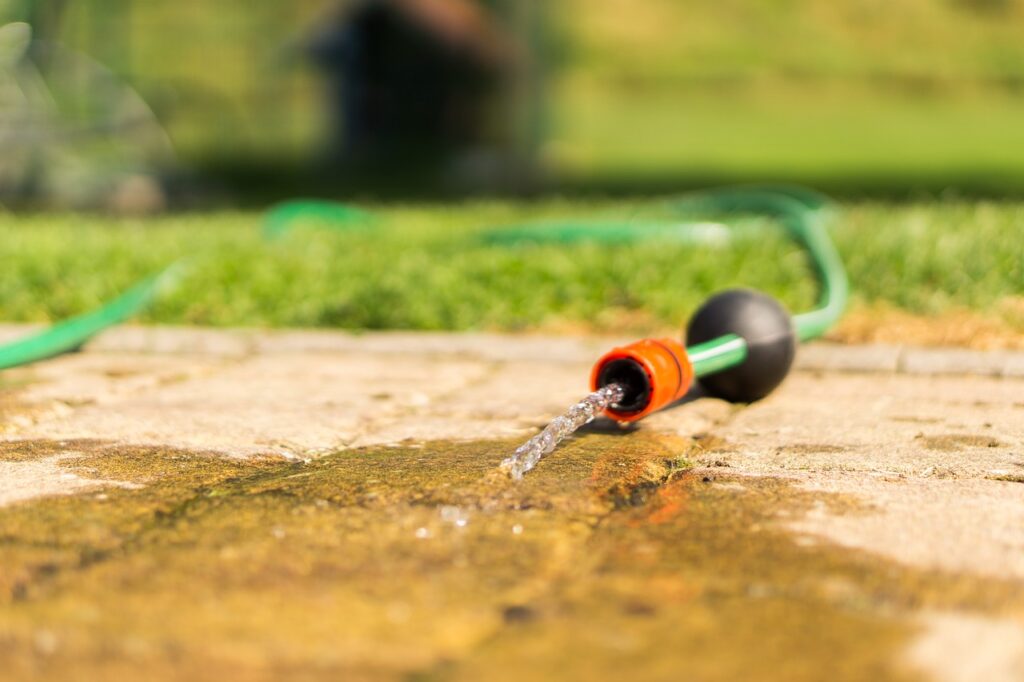
8. Turn On Your Pressure Washer
With the jetter hose in position, you can turn on your pressure washer and start cleaning out the pipes. Gently push the hose forward and backward to help create a scrubbing motion that will quickly break up dirt and grime, releasing sink clogs and helping water move through your pipes freely.
Frequently Asked Questions
What is a sewer jetter?
A sewer jetter uses a special nozzle that aims high-pressure water in several directions to help break up the dirt and grime clogging your pipes. It also uses a long and lightweight hose that enables you to reach clogs deep within the lines.
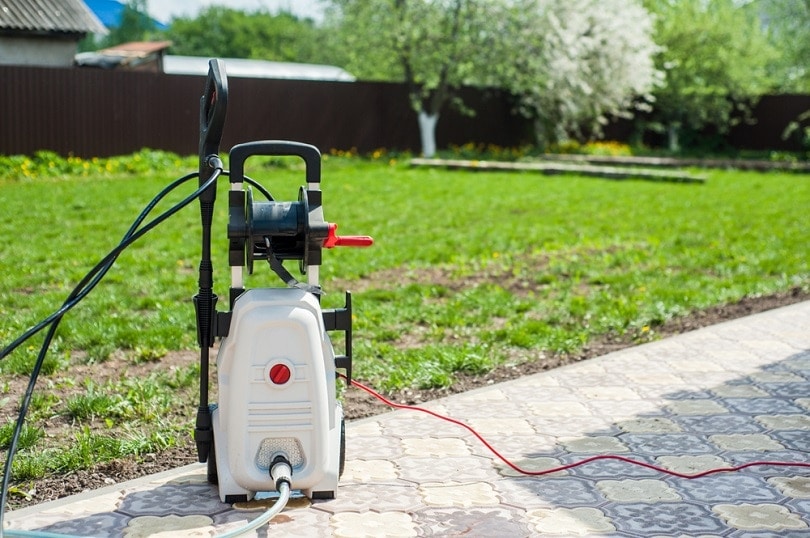
What’s the difference between a sewage jetter and a power washer?
Both the power washer and sewer jetter use high-pressure water to clean. Pressure washers usually have a shorter hose attached to a handle with a nozzle at the end that fires water forward. To use it, you point the water at a dirty surface and watch it blast away the grime. A sewer jetter uses a much longer hose that can often be 100 feet long to reach deep into your sewer lines and break up clogs. The nozzle is also different from a pressure washer because it sprays water in several different directions to create a scrubbing motion inside the pipes that helps break up a clog.
Can I use a sewer jetter to clear drainpipes of tree roots?
Unfortunately, many sewer jetters will not have enough power to clear away tree roots. Many experts recommend calling a professional to fix the problem without damaging your pipes.
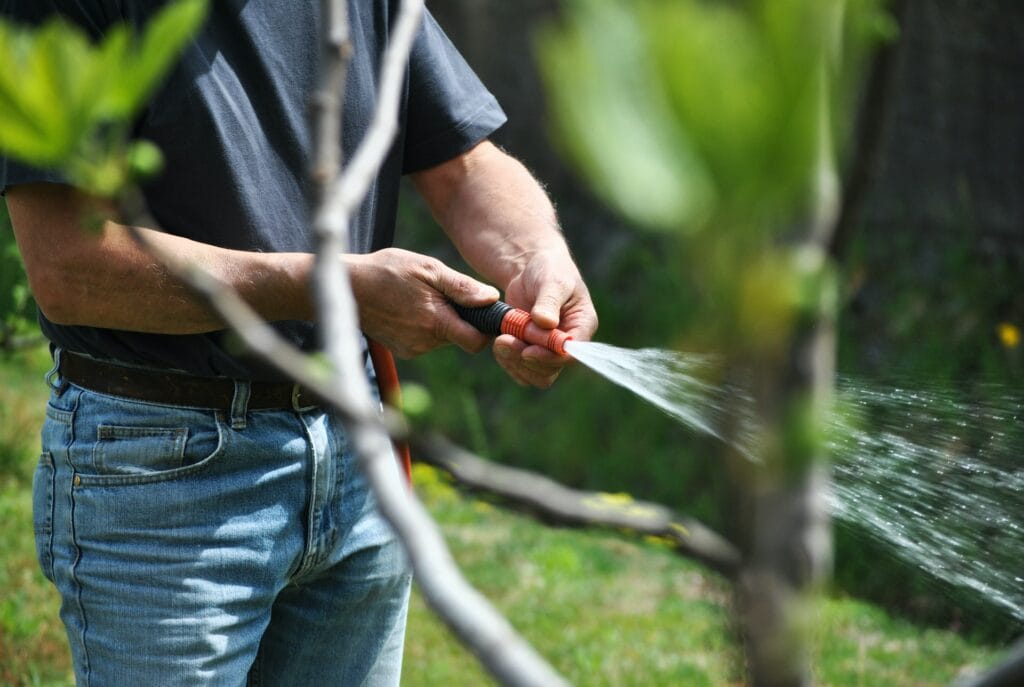
Is water pressure or water volume more important for cleaning?
Water pressure and volume are both essential parts of the way that a sewer jetter cleans your pipes. High pressure helps break up dirt, while the water volume will help carry it away, reducing the likelihood of it getting stuck again in the system.
What do the different nozzles on a jetter do?
- Laser and penetrator nozzles help cut and dislodge blockages in your pipes.
- Ram nozzles have three backward jets that help flush debris from your sewage system.
- Impactor nozzles are perfect for removing sand and light-scale buildups in your drainage system.
- A rotating or spin-jet nozzle helps polish the inside of your sewer line to maximize water flow once you remove any blockages.
- The de-icer / degreaser nozzle is a special nozzle with three forward-angle jets and six backward jets that help break up heavy grease, hard soap, and ice.
- A cornering nozzle helps you navigate tight bends. It has one forward jet, three backward jets, and a sideward jet for cleaning difficult-to-reach areas.
In Conclusion
Converting your pressure washer into a sewer jetter is not difficult and only requires a few steps. Purchasing an entire kit online or at your local home improvement store is the quickest way to get all the parts that you need, and it usually isn’t too expensive. Once you have the kit, a few quick changes will help you convert the pressure washer into a powerful drain-cleaning sewer jetter machine that will enable you to break up tough clogs deep within your pipes.
Featured Image Credit: Peter Majkut, Shutterstock
Contents


